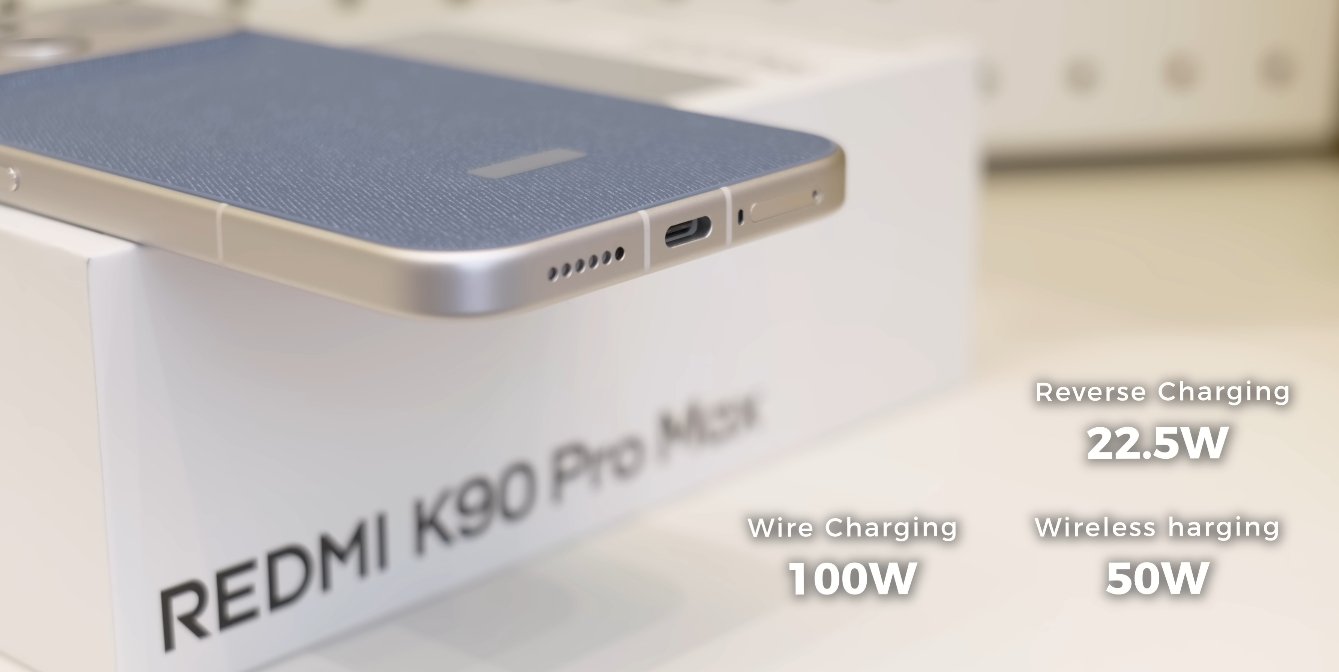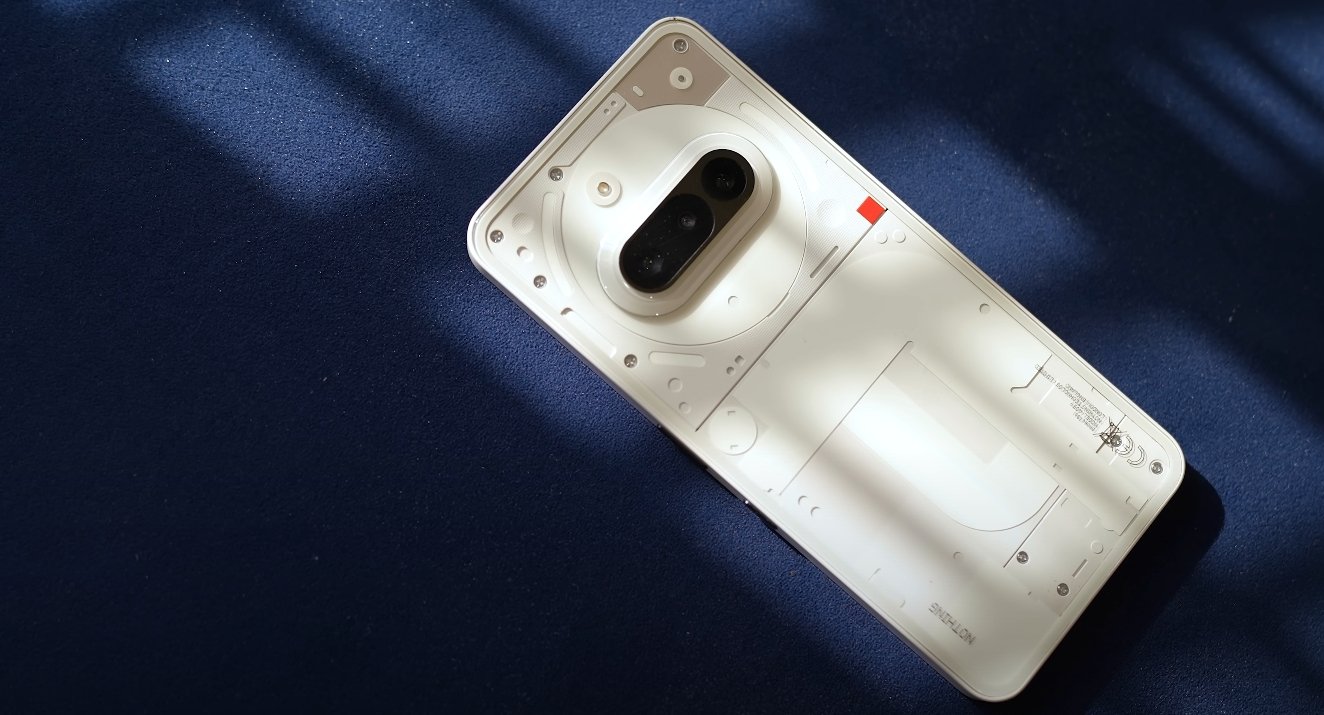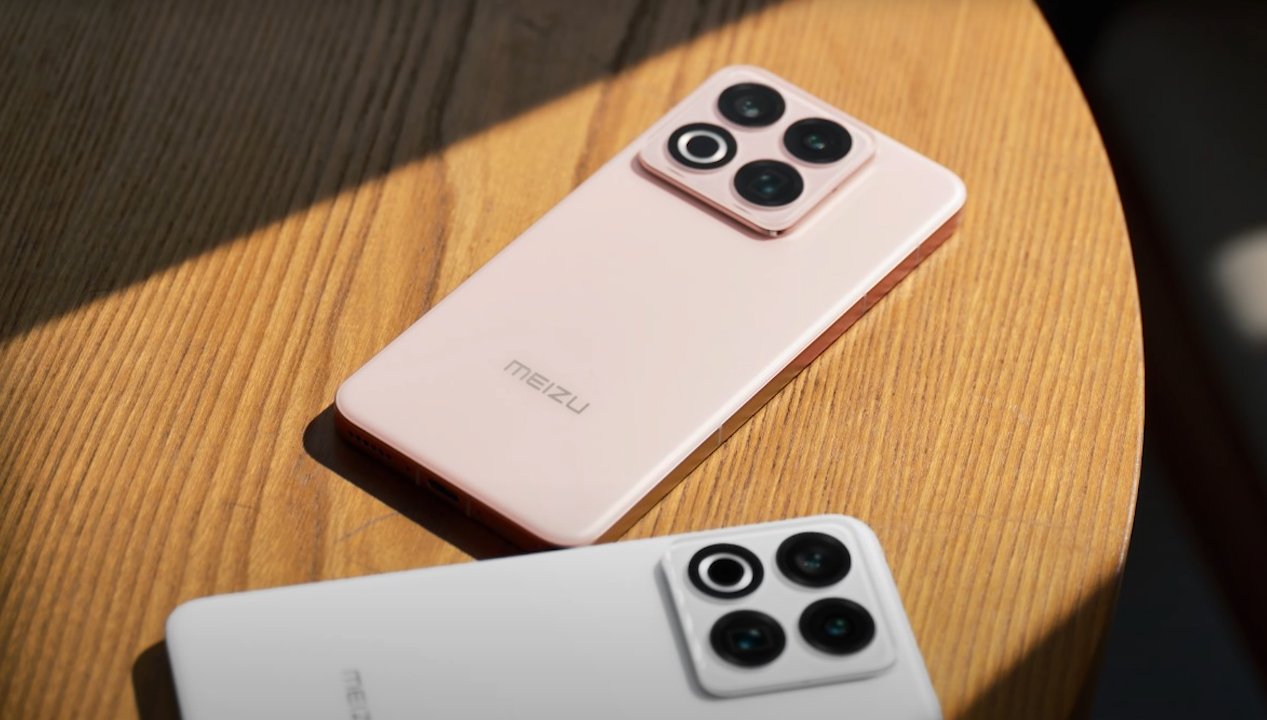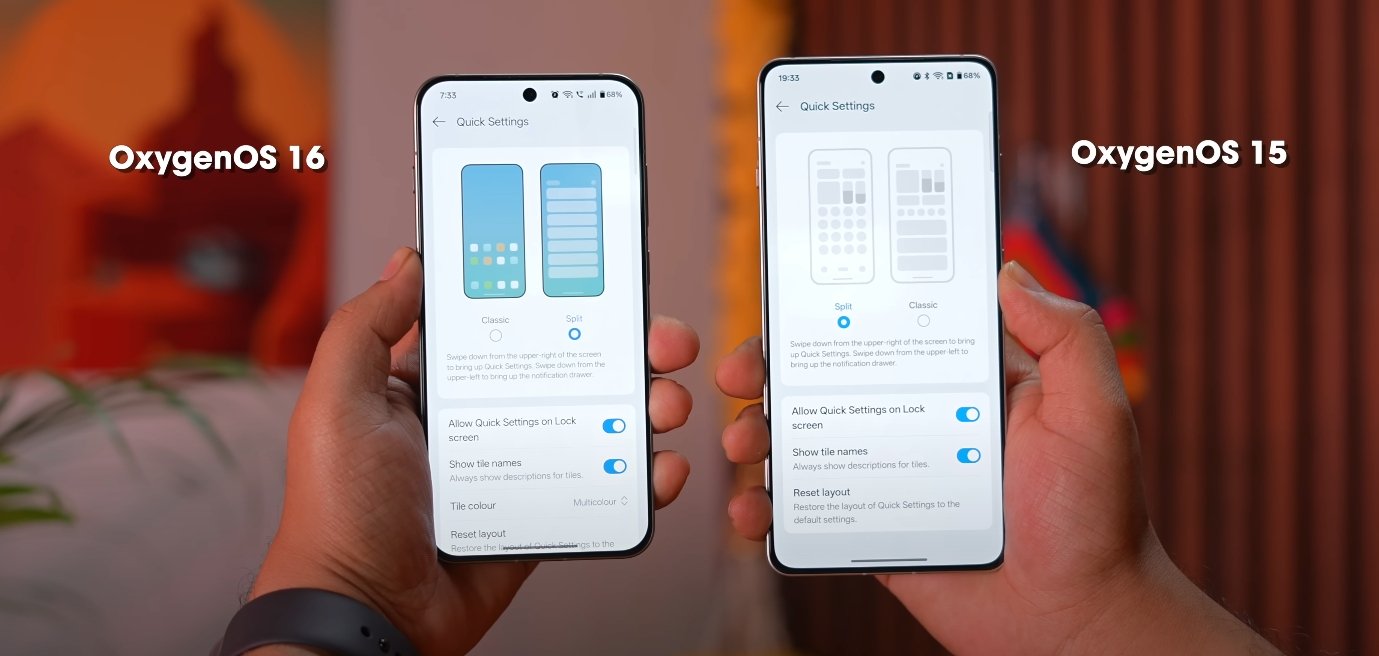Deciding between importing now or waiting for an official global launch
The Redmi K90 Pro Max has generated considerable buzz worldwide since its debut, but for New Zealand consumers, one big question looms large: should they import the device immediately, or wait for a confirmed global release? While the smartphone’s technical specifications and aggressive pricing make it highly tempting, several important factors determine whether it is worth waiting for an official variant tailored for international markets.
The Redmi K90 Pro Max represents Xiaomi’s latest push into the premium performance segment, featuring the Snapdragon 8 Elite Gen 5 chipset, a 6.9-inch LTPO AMOLED display, and a powerful 7,560 mAh battery that supports both 100-watt wired and 50-watt wireless charging. On paper, it competes directly with devices from Samsung and Apple, yet at a fraction of the cost. This combination of top-tier components and value-driven pricing makes it especially appealing to New Zealand’s tech-savvy consumers, many of whom have grown accustomed to paying higher prices for flagship phones.
However, before rushing to import the Chinese-market version, there are several key points worth considering. The most immediate concern is network compatibility. The Chinese variant of the Redmi K90 Pro Max may not support all of New Zealand’s 4G and 5G frequency bands, which could result in weaker signal strength or missing features such as VoLTE and VoWiFi. Waiting for a global version ensures that the device will be optimized for broader international network standards, guaranteeing smoother connectivity and better overall reliability.
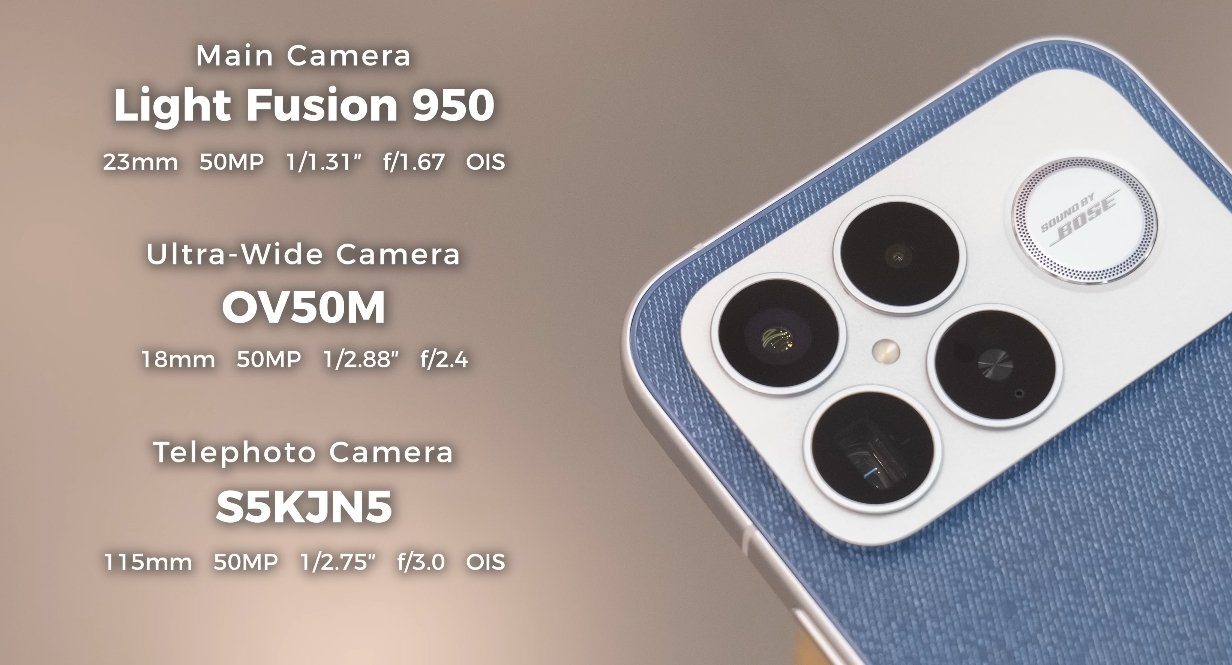
Another important factor is software and regional optimization. The Chinese edition of the phone typically runs on Xiaomi’s MIUI system configured for the domestic market, which may lack certain language options, preloaded Google services, or region-specific regulatory updates. A global version usually comes with preinstalled Google Play services, regionally relevant apps, and firmware updates tailored for international users. For everyday consumers in New Zealand who prefer a seamless out-of-the-box experience, waiting for the global variant may prevent complications like sideloading apps or manually adjusting firmware settings.
Warranty and after-sales support are also crucial considerations. Importing a device from overseas often means it will not be covered by local service centers. In the event of hardware defects or software issues, customers would need to ship the phone back to the country of purchase, potentially at their own expense. An officially released global version, however, would come with regional warranty coverage and easier access to authorized repair facilities. This difference can make a significant impact on long-term satisfaction and peace of mind.
At the same time, there are clear advantages to purchasing the device early through import channels. Early adopters who import directly from China can enjoy the benefits of the latest technology months before an official global rollout. The pricing of the K90 Pro Max in its domestic market is notably lower than what a global variant might cost after taxes, duties, and local pricing adjustments. Even after factoring in shipping and import fees, buyers could still end up paying less than they would for a locally distributed flagship. For enthusiasts comfortable managing potential setup challenges and minor compatibility quirks, the import option offers excellent value.
That said, timing plays a major role. If Xiaomi announces a global release soon, the difference between importing now and waiting a few months may not be worth the risk. Global variants often include improved software stability, extended language support, and broader compatibility with regional services. On the other hand, if no global launch is expected for an extended period, early importers might enjoy the benefits of flagship performance without waiting indefinitely. Each buyer must weigh the desire for immediacy against the practical advantages of patience.
From a broader market perspective, the decision also reflects New Zealand’s growing appetite for value-driven flagship smartphones. With established brands continuing to raise prices, many consumers are turning to companies like Xiaomi and Redmi for similar performance at lower costs. The K90 Pro Max fits perfectly into this trend, but only if it can be used efficiently within local networks and ecosystems. Waiting for the global version ensures that Xiaomi has optimized the product for international conditions, from plug compatibility to network frequency alignment.
Ultimately, the choice comes down to priorities. Buyers who enjoy experimenting with imported technology and can manage setup challenges may find importing the Chinese version worthwhile. But for most New Zealand consumers—especially those who prioritize reliability, official support, and full feature functionality—waiting for the global version is the smarter decision. When the global model arrives, it will likely deliver all the same powerful performance with the added assurance of local compatibility and warranty protection.
In summary, the Redmi K90 Pro Max stands as one of the most compelling smartphones of the year, blending top-tier innovation with remarkable affordability. For New Zealand buyers, however, patience could pay off. Waiting for the official global version not only guarantees smoother integration with local carriers and services but also provides confidence that every feature works as intended. For those eager to experience the latest technology without compromise, the global version of the Redmi K90 Pro Max will almost certainly be worth the wait.
Also Read: How the Redmi K90 Pro Max compares with local flagship pricing in New Zealand
